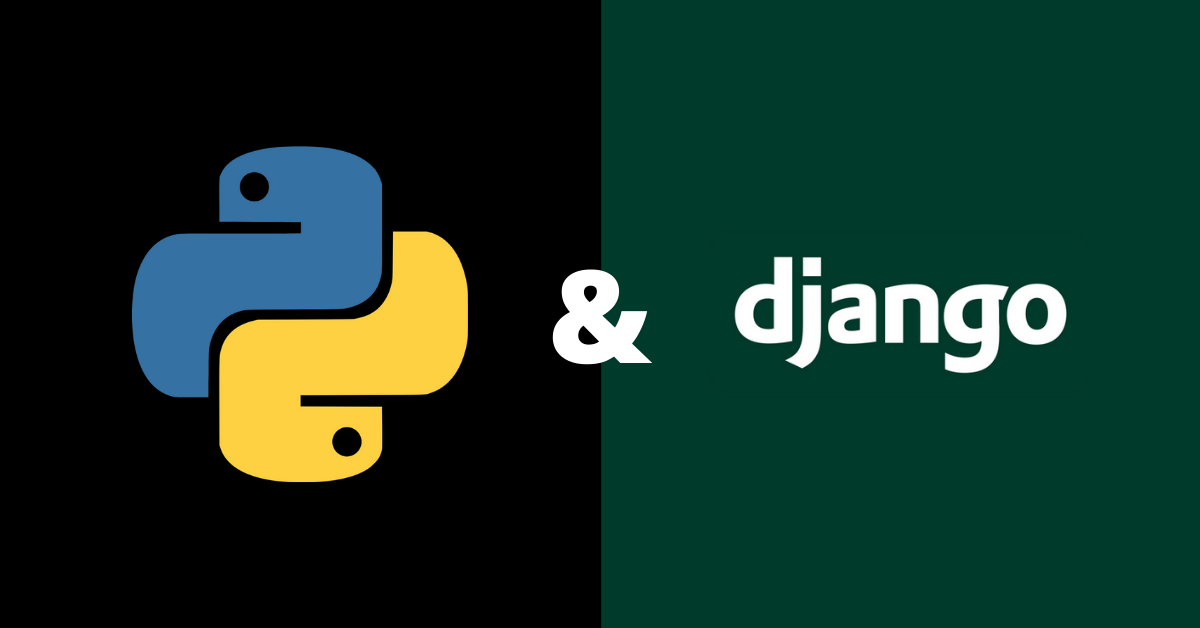Django
Django is a high-level Python web framework that encourages rapid development and clean, pragmatic design. Built by experienced developers, it takes care of much of the hassle of web development, so you can focus on writing your app without needing to reinvent the wheel. It’s free and open source.
specification
-
Ridiculously fast
-
Reassuringly secure
-
Exceedingly scalable
why Django
-
A clean, elegant URL scheme is an important detail in a high-quality web application. Django encourages beautiful URL design and doesn’t put any cruft in URLs, like .php or .asp.
-
Django’s template language is designed to strike a balance between power and ease. It’s designed to feel comfortable and easy-to-learn to those used to working with HTML, like designers and front-end developers. But it is also flexible and highly extensible, allowing developers to augment the template language as needed
-
Django provides a powerful form library that handles rendering forms as HTML, validating user-submitted data, and converting that data to native Python types. Django also provides a way to generate forms from your existing models and use those forms to create and update data.
-
Django comes with a full-featured and secure authentication system. It handles user accounts, groups, permissions and cookie-based user sessions. This lets you easily build sites that allow users to create accounts and safely log in/out.
-
One of the most powerful parts of Django is its automatic admin interface. It reads metadata in your models to provide a powerful and production-ready interface that content producers can immediately use to start managing content on your site. It’s easy to set up and provides many hooks for customization
-
Django offers full support for translating text into different languages, plus locale-specific formatting of dates, times, numbers, and time zones. It lets developers and template authors specify which parts of their apps should be translated or formatted for local languages and cultures, and it uses these hooks to localize web applications for particular users according to their preferences.
Comands & Results:
django-admin startproject mysite
tree
mysite/
manage.py
mysite/
__init__.py
settings.py
urls.py
asgi.py
wsgi.py
python manage.py runserver
Performing system checks...
System check identified no issues (0 silenced).
You have unapplied migrations; your app may not work properly until they are applied.
Run 'python manage.py migrate' to apply them.
November 04, 2021 - 15:50:53
Django version 3.2, using settings 'mysite.settings'
Starting development server at http://127.0.0.1:8000/
Quit the server with CONTROL-C.
If you want to change the server’s port, pass it as a command-line argument
python manage.py runserver 8080
python manage.py runserver 0:8000
python manage.py startapp polls
polls/
__init__.py
admin.py
apps.py
migrations/
__init__.py
models.py
tests.py
views.py
_ so we need to create the tables in the database before we can use them. To do that, run the following command:_
python manage.py migrate
To invoke the Python shell, use this command:
python manage.py shell
Creating an admin user
python manage.py createsuperuser
Username: admin
Email address: admin@example.com
Password: **********
Password (again): *********
Superuser created successfully.
python manage.py runserver
